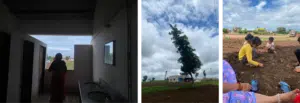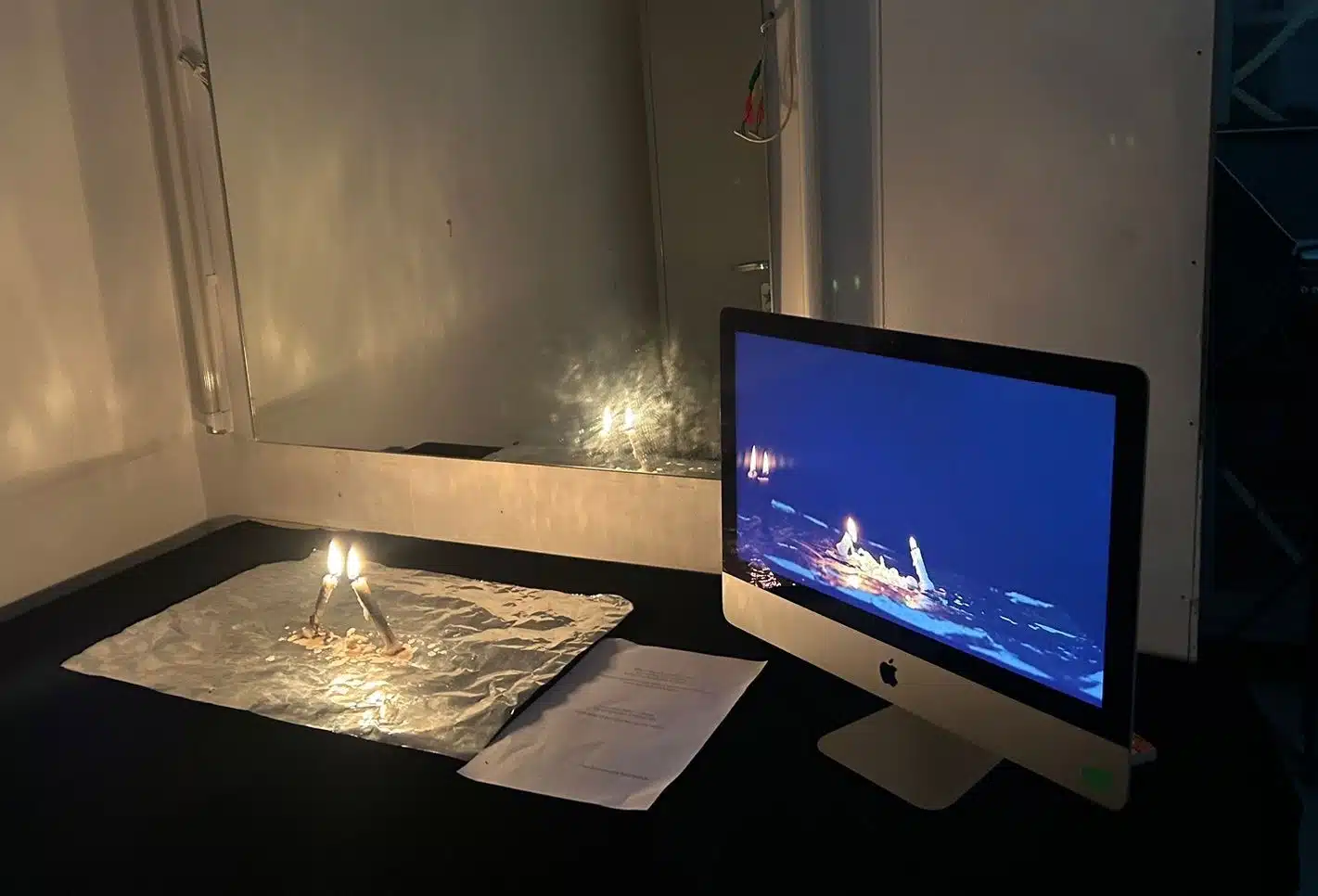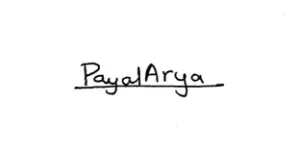Last summer, I spent one of the most beautiful moments with my family on Naani’s (maternal grandmother’s) 90th birthday. We went to a farmhouse just 45 minutes away from my hometown, Pune. However, it was special as Naani left her house for the first time in four years. She had a fall 20 years ago which impacted her mobility to a great extent, confining her to her living space. Having experienced Partition 1947 at the young age of thirteen, she is one of the most resilient women I know.
Ever since I could remember, Pakistan has been in Naani‘s stories. She would often reminisce about growing up in Mian Channu (near present-day Multan) and the trauma of leaving it all behind. A wonderful storyteller, she remembers every detail of the three-day trip between Mian Channu and Ambala, traversing through her desire and nostalgia for her homeland. Recently, I made a film in which this yearning was embodied by the sea that surges in, claiming the land that was once its own and metaphorically tying together the phenomenon of Partition and reclamation. The film questioned what it means to claim and own land, yesterday and today.
After spending a few weeks with family, I ventured out on a long trip to a small village in Karnataka, hopping onto an overnight bus from Pune. At dawn, the bus unexpectedly broke down, and we were stranded on the road between the borders of the two states for ten hours. Surprisingly, even though it took me 24 hours to reach the Sustainable Alternatives for Rural Accord (SARA) Centre, it was truly picturesque yet exhausting and stimulating, all at the same time.

Upon reaching, I visited the SARA Centre at the invitation of Arun Kumar HG. A lush green space near Shimoga district, time is experienced differently here, with hundreds of Indigenous plants being cultivated within the centre’s periphery. Arun has been working on an exhibition based on the case studies of large-scale experiments spanning five to six decades undertaken under the guise of development. The exhibition is designed to be participatory and evolve along with the intervention of all the community stakeholders.
He wanted me to respond to this concept and create an artwork or intervention addressing the exhibition’s premise. As part of my ongoing research, The limit beyond the haze, I attempt to combine notions of distance and visibility while questioning the modes of obscurity subjugated to restrict one’s vision.
“I believe power is performed through invisibility, wherein it makes its subjects only visible to themselves.”
Based on this notion, I installed a text-based work, Watch the illusion of progress, across three beams in the exhibition hall. As one walks towards the artwork, the letters start to blur, making it difficult to read. This artwork attempts to understand the effect generated while encountering resistance to one’s vision.


I was also invited to conduct a short but intense workshop with the students from the Symbiosis Institute of Design. In this workshop, I facilitated sessions around the thematic of scanning and mapping. The workshop helped them think about distance, connectivity, and separation. By blurring the boundaries of varied media, students were free to explore the medium that best corresponded with their ideas.
It was wonderful to see the students engaging with the workshop. Among them, a participant mapped the movement and trail of a leaf and a plastic bag moving with the wind. One student used photogrammetry to scan a dog shelter on campus that was not easily accessible, while another mapped three different experiences of candles burning—in real-time, through a stop-motion video, and while viewing the candles’ flames with a mirror in front.

 New Delhi, 30 September 2024
New Delhi, 30 September 2024


